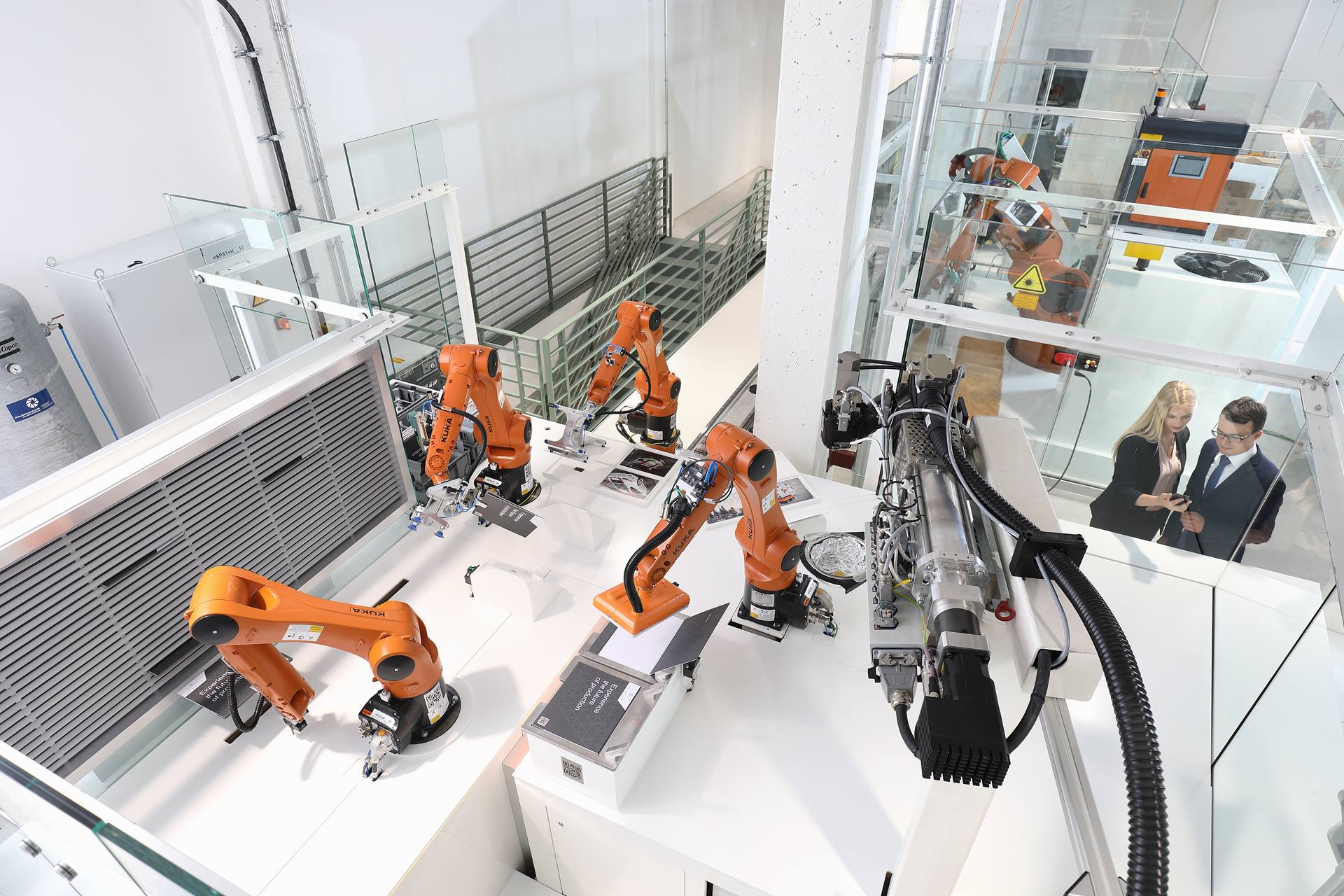Manufacturing Automation Metal Cutting Mechanics Pdf
1Department of Mechanical Engineering, Mandalay Technological University, Myanmar. 2015, 147-154 DOI: 10.12691/ajme-3-5-2 Copyright © 2015 Science and Education Publishing Cite this paper: Aung Kyaw Sein, Ei Ei Htwe, Nyein Aye San. Investigation of Stress Formation and Wear Effect of Tool by Finite Element Simulation.
American Journal of Mechanical Engineering. 2015; 3(5):147-154. Doi: 10.12691/ajme-3-5-2. Correspondence to: Aung Kyaw Sein, Department of Mechanical Engineering, Mandalay Technological University, Myanmar. The paper presents aspects related to simulation of metal cutting for titanium and its alloys. Detailed study on progression and wear mechanism at the cutting edge of carbide tools were carried out at cutting speed of 30, 60 and 90 m/min, feed rate of 0.2 mm/rev.
Cual es el mejor desfragmentador para windows vista 2. Facil de usar.

Firstly, milling finite element model is given based on orthogonal cutting principle, and then the influence laws of cutting parameters on chip formation are analyzed by using different simulation parameters. For simulations, the software based on finite element method DEFORM 2D was used. Machining simulations were conducted using Ti6Al4V and uncoated carbide for workpiece and tool material respectively.
DEFORM 2D, a widely used software tool employed for modelling and simulating the orthogonal machining process with different cutting speeds and feed rates. The pattern of wear progression on the flank face of the carbide tools consist of three stages for all the cutting speed simulated. Wear mechanism such as abrasive and adhesive wear were observed on the flank face. Crater wear due to diffusion was also observed on the rake race. The flank wear results most commonly from abrasion on the cutting edge of the tool. The maximum land width is used as an indication of the extent of the flank wear. The severity of the flank wear increases until a critical point is reached.

Abrasion and deformation resistance of the tool material can be increased in order to minimize the flank wear. In order to investigate the cutting tool stress analysis, FEM is conducted with ANSYS software. The overall objective of this study is to develop a methodology to predict the tool wear evaluation and stress formation in orthogonal cutting.
Metal cutting is widely used in producing manufactured products. The technology has advanced considerably along with new materials, computers and sensors. This new edition considers the scientific principles of metal cutting and their practical application to manufacturing problems.
Custom Metal Cutting
It begins with metal cutting mechanics, principles of vibration and experimental modal analysis applied to solving shop floor problems. There is in-depth coverage of chatter vibrations, a problem experienced daily by manufacturing engineers. Programming, design and automation of CNC (computer numerical control) machine tools, NC (numerical control) programming and CAD/CAM technology are discussed. The text also covers the selection of drive actuators, feedback sensors, modelling and control of feed drives, the design of real time trajectory generation and interpolation algorithms and CNC-oriented error analysis in detail. Each chapter includes examples drawn from industry, design projects and homework problems. This is ideal for advanced undergraduate and graduate students and also practising engineers.Altintas Y. Manufacturing automation: metal cutting mechanics, machine tool vibrations, and CNC design.
Cambridge; New York: Cambridge University Press.